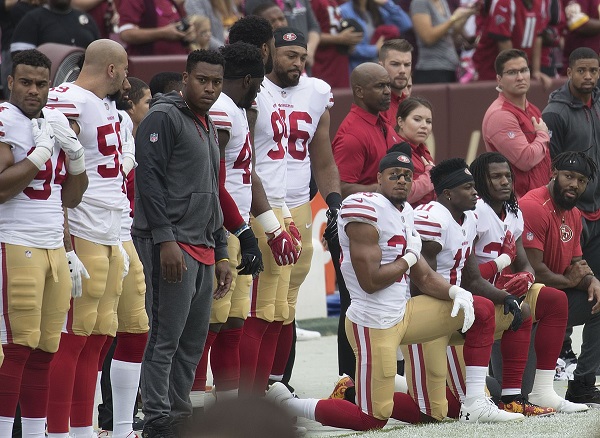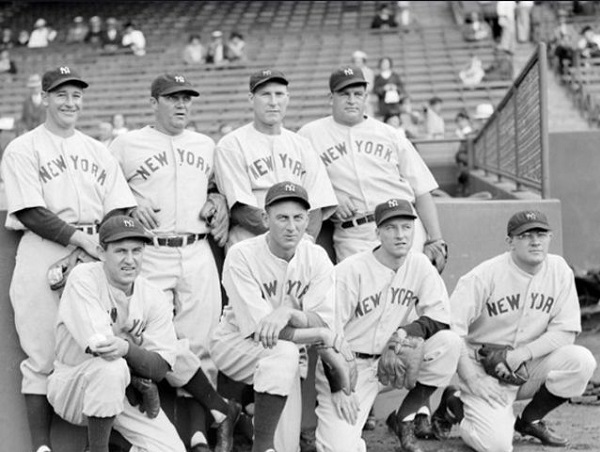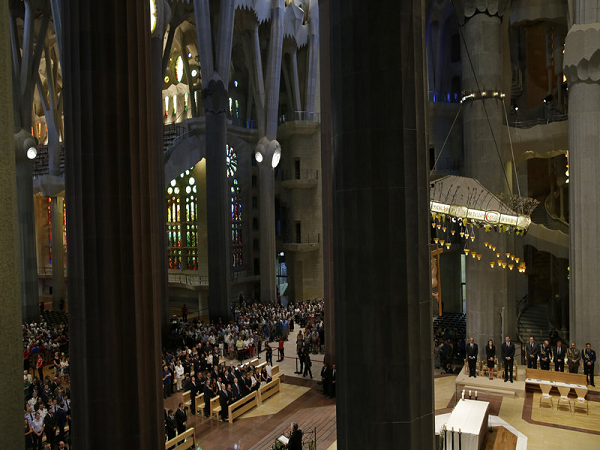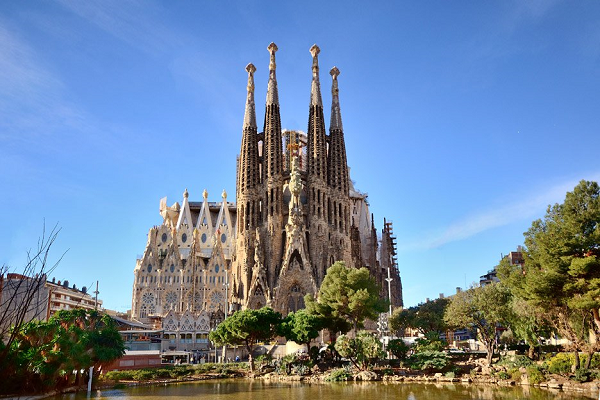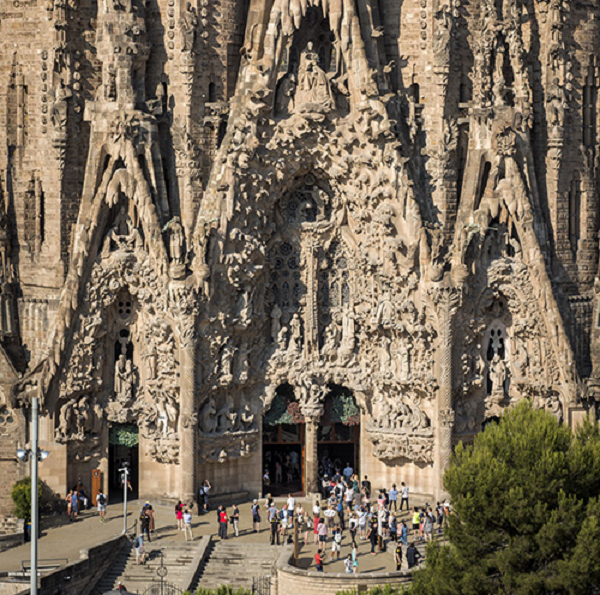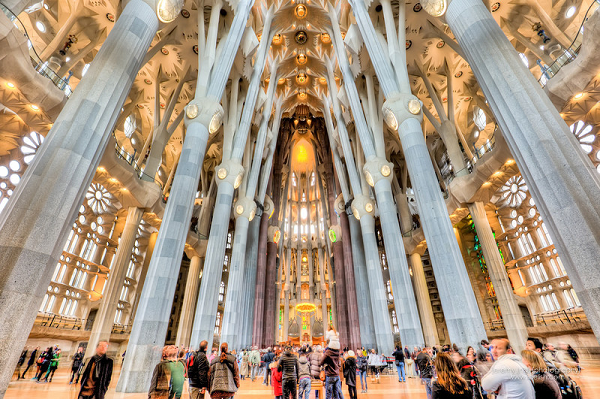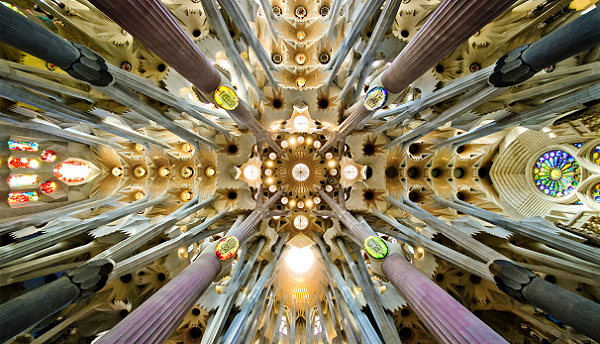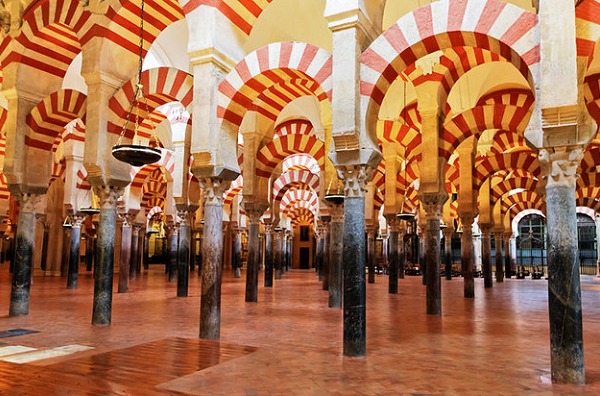[ by Charles Cameron — after Scaramucci on symmetry ]
.
It’s encouraging — heart-heartening — to see Doreen St. Félix at the New Yorker picking up on An Image of Revolutionary Fire at Charlottesville:

Two points about her commentary strike my interest. The first had to do, specifically, with symmetry, an old hobby-horse of mine as you may know:
Steve Helber shot an image of peculiar symmetry, in which a man of fortitude was bearing a different light. Two men extend weapons: one is the Confederate flag, furled, hiding its retrograde design, and the other is an aerosol can, modified to eject fire. The figures stand in a classical configuration, on the diagonal, as if a Dutch master has placed them just so.
The second made reference to theology..
The composition of this photo is fiercely theological. The black man is wielding what the black theologian James Cone, quoting the prophet Jeremiah, might call the “burning fire shut up in my bones,” what James Baldwin would have identified as “the fire next time.” (Cornel West, a student of Cone, has advanced the liberatory concept of “black prophetic fire”; West travelled to the city to march with members of Charlottesville’s faith community on Saturday.) It is a pose that upsets a desire for docility; it’s a rebuke to slogans such as “This is not us” or “Love not hate.” This graceful man has appropriated not only the flames of white-supremacist bigotry but also the debauched, rhetorical fire of Trump, who gloated, earlier this week, that he would respond to a foreign threat with “fire and fury.” The resistance has its fire, too.
**
I don’t think I see that image the same way St. Félix does. She sees fire on both sides — the fires of the tiki torches in the hands of the supremacists, though they are absent from this particular pohotograph, and the fire visible in the photo, wielded by the “man of fortitude”. Using an improvised flame-thrower strikes me as, if anything, more menacing than waving a furled flag, to be honest, and even though flame-man is in the lower position, his flame makes him, in my eyes, the dominant figure in the composition — and flag-wielder, correspondingly, even though holding the higher ground, more the underdog,
While my sympathies would naturally lie with those who protest supremacism rather than those who proclaim it, this image at first saddens me with the spectacle of fire-power unilaterally vielded by the guy I’d otherwise cheer for — and it’s only when I read a little deeper —
Long said that the protest had seemed peaceful until “someone pointed a gun at my head. Then the same person pointed it at my foot and shot the ground.”)
— that I began to understand why he, rather than the supremacist, might be the one who has feeling most threatened.
**
I feel ambiguous, then, about St Félix’ reading of the photo, but grateful that someone has an eye out for form, art, symmetry, in the photo-reporting of a vile, incendiary event.

